Astro-Tourism Is Skyrocketing: Here’s Where Aussies Are Going to Stargaze Right Now
For millions of years, the stars have been quietly twinkling away above our heads, so why are we only now suddenly jumping in the car and heading to remote places to stare at them? Because astro-tourism is officially booming, and Australia’s dark-sky escapes are serving up the kind of family nights you want to stay up late for.
What Is Astro-Tourism?
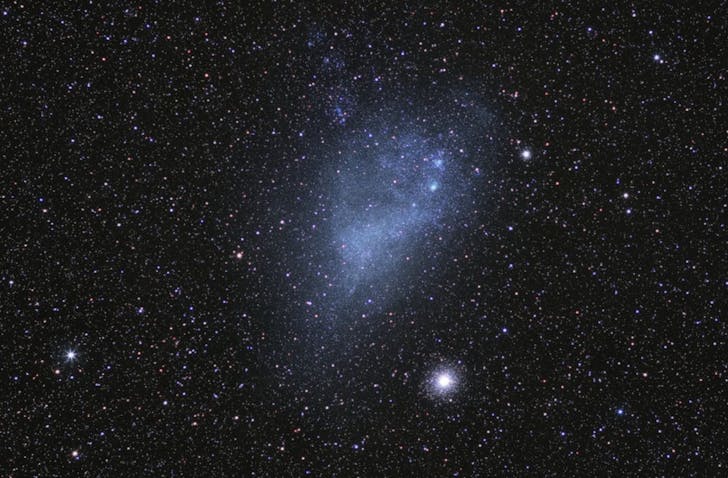 Image Credit: Astrotourism WA | Facebook
Image Credit: Astrotourism WA | Facebook
Think of astro-tourism as the ultimate stargazing glow-up. It’s all about chasing the darkest skies, swapping streetlights for starlight and letting the universe do all the talking. If your idea of nightlife is usually neon and noise, astro-tourism will flip your script with meteor showers and mind-bending constellations. All you need is a dark patch of sky, a cozy spot to sit and someone to gasp ‘woah’ with you.
Why Is Astro-Tourism Booming In Australia?
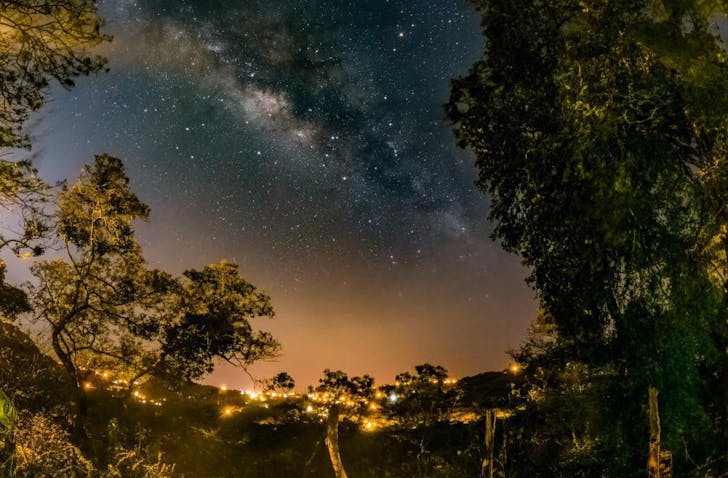 Image Credit: Astro-tourism WA | Facebook
Image Credit: Astro-tourism WA | Facebook
Australia’s astro-tourism boom is largely due to our vast country offering some of the darkest, cleanest skies in the world with minimal light pollution. Take Western Australia, which is set to see four total solar eclipses over the next two decades—the most of any region globally. We also have the added bonus of Indigenous storytelling, adding depth, culture and authenticity to those guided stories we share around campfires.
Whether driven by emotional connection or curiosity, many of us are increasingly drawn to astrology and celestial phenomena, factoring in dark-sky destinations when planning our next family trip.
Welcome to the rise of astro-tourism: a shift toward night-centred travel experiences which has fast become a top global trend for 2025, with 72% of travellers chasing immersive, darker-sky experiences like stargazing, light shows, festivals and solstice celebrations.
Where To Find Family-friendly Astro-Tourism Adventures Across Australia
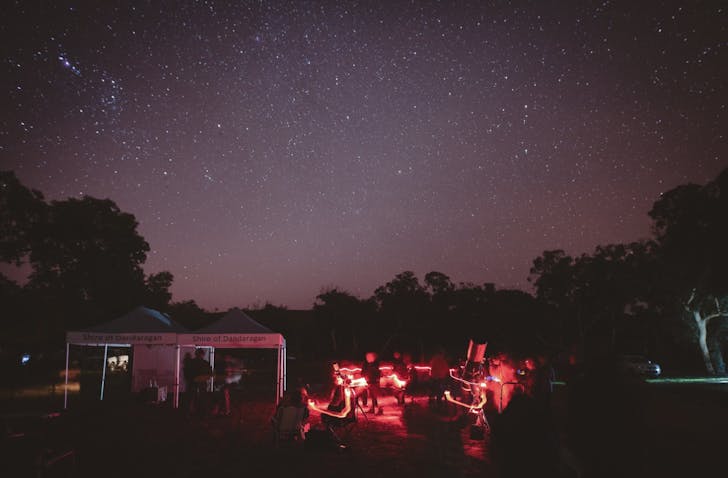 Image Credit: Astrotourism WA | Facebook
Image Credit: Astrotourism WA | Facebook
Here in Australia, as the night falls, families are swapping Netflix for nebulae, pitching tents, unloading sleeping bags, flashlights, and childlike wonder under a canopy of glittering stars. Turns out, the best family show in town has been playing above us all along but we are only now just taking notice.
Why? Because we’re all getting over the fast-paced logistical struggle of the daily grind and looking for a bit of quiet magic. The kind that unfolds when we step far enough away from the hustle in search of the quiet, and it’s only then that we really ‘see’ the great dome above blazing with stars and tap into that rare awestruck silence together.
You Might Also Like
- The Best Places To See The Southern Lights In Australia
- The Best Hotel Pools In Australia To Book This Summer
- Check Out These Stunning Castles You Never Knew Were In Australia
Australia's Austo-Tourism Highlights To Add To Your Travel Bucket List
Reed And Hollow Mountain Lookouts
Grampians National Park, Victoria
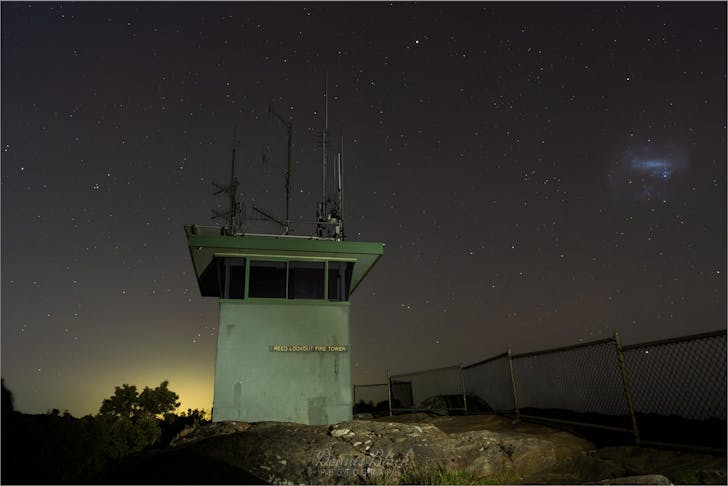 Image Credit: Dennis Black | Facebook
Image Credit: Dennis Black | Facebook
After a day of hiking the bush and clambering over waterfalls you can teach the kids how to pitch a tent and get grubby at the Grampians and let Reed or Hollow Mountain Lookout do the talking as it is offers up a night sky bursting with constellations and meteor streaks.
Warrumbungle National Park
Coonabarabran, NSW
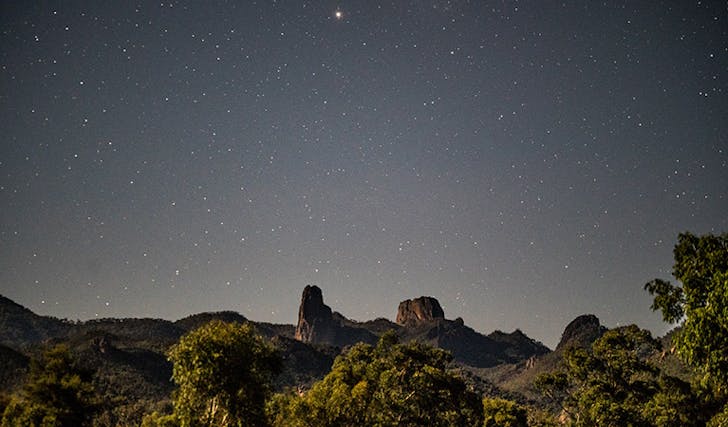 Image Credit: NSW National Parks | Website
Image Credit: NSW National Parks | Website
Crowned Australia’s first (and only) Dark Sky Park, this is known as the ultimate stargazing hub, boasting high altitude, low humidity and minimal light pollution, it serves up the perfect pristine night sky. The only trade-off is that you will have to pack your hiking boots and camping gear for this one, as getting there is no walk in the park.
Snake Valley (Gold-level Dark Sky Site)
Wester Victoria
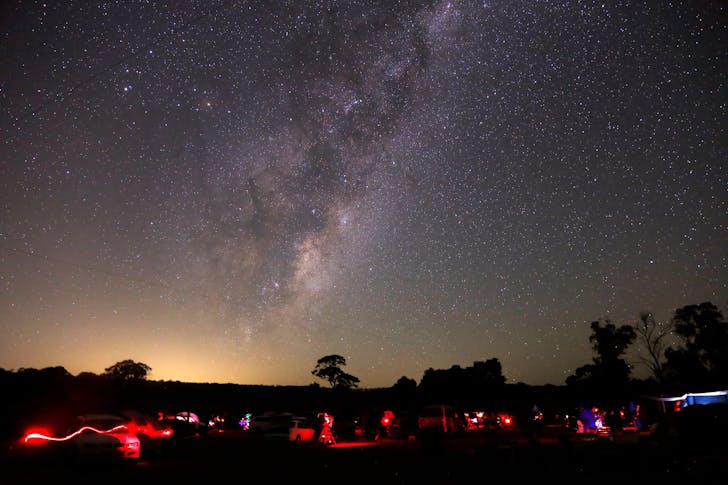 Image Credit: Snake Valley Astro Camps | Facebook
Image Credit: Snake Valley Astro Camps | Facebook
Snake Valley’s earned gold status on the Australian Dark Sky Register for a reason. Smack bang in between Ballarat and Beaufort in Western Victoria, this quiet country town is known for its country-dark skies, making it a popular insta worthy spot for those into astrophotography and kids (and us big kids alike) can freak out at the clusters of stars above.
Leon Mow Dark Sky Site
Heathcote, Victoria
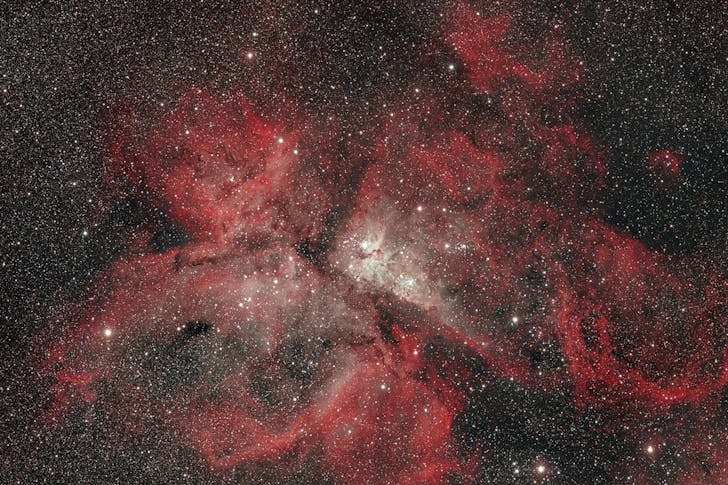 Image Credit: Astronomical Society Of Victoria | Instagram
Image Credit: Astronomical Society Of Victoria | Instagram
Just a couple of hours drive from Melbourne, you can sneak out to the Astronomical Society of Victoria’s (ASV) Leon Mow Dark Sky site. The ASV runs regular family-friendly nights with large telescopes provided, as well as regular educational workshops. You can BYO binoculars as camping is permitted in designated on site areas.
Aurora Australis/Southern Lights
Mount Wellington, Tasmania
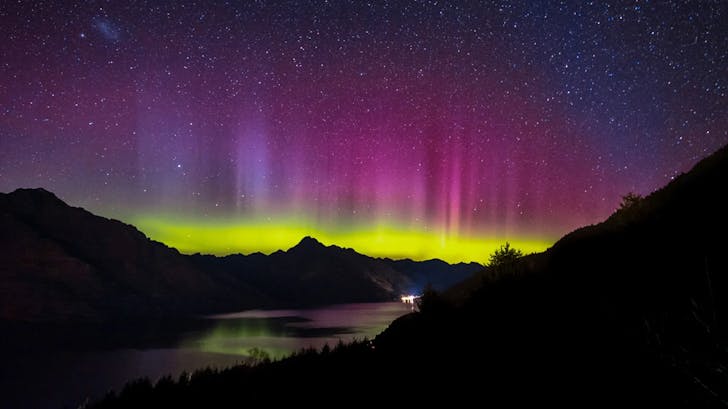 Image Credit: Antartica Cruises | Website
Image Credit: Antartica Cruises | Website
If you want to see astro-tourism, really put on a dance show, then it’s time to head south to Tasmania for the Aurora Australis/Southern Lights, which is when the particles of solar winds and the earth’s magnetic field collide. Watch the night sky become illuminated with atoms of green and red (representing oxygen) as well as nitrogen reflected in vibrant hues of green and blue. Head to Hobart’s highest point at Mount Wellington (or nearby Mount Nelson and Bruny Island) to soak up the dramatic mountain silhouettes and introduce your kids to a free ethereal performance put on by Mother Nature.
Bubble Retreats
Wilsons Promontory, Victoria
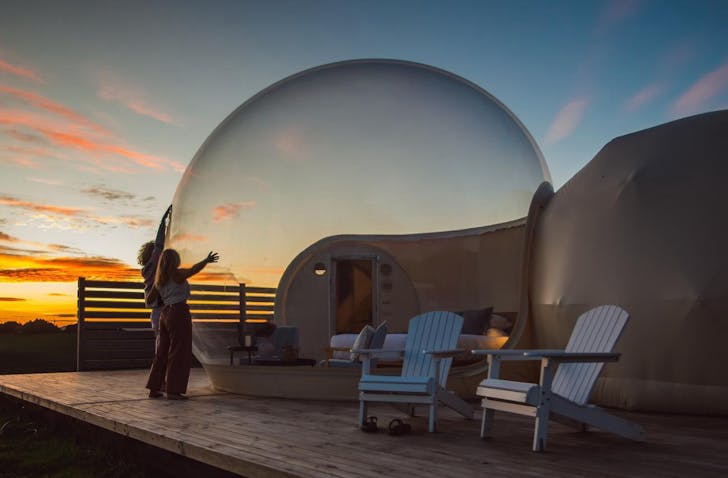 Image Credit: Bubble Retreats | Facebook
Image Credit: Bubble Retreats | Facebook
Lash out and leave the kids at home for this one, as this adult-only experience is worth the cost of a babysitter as you dial it up a notch and indulge in the ultimate starry night in a luxe transparent bubble dishing up uninterrupted 360-degree views of the night sky. These eco-friendly bubbles offer the most drool-worthy celestial escape with the perfect mix of wilderness and comfort. This one might just be your new date night MVP.
Why Should Australia’s Astro-Tourism Night Sky Be Your Next Family Adventure?
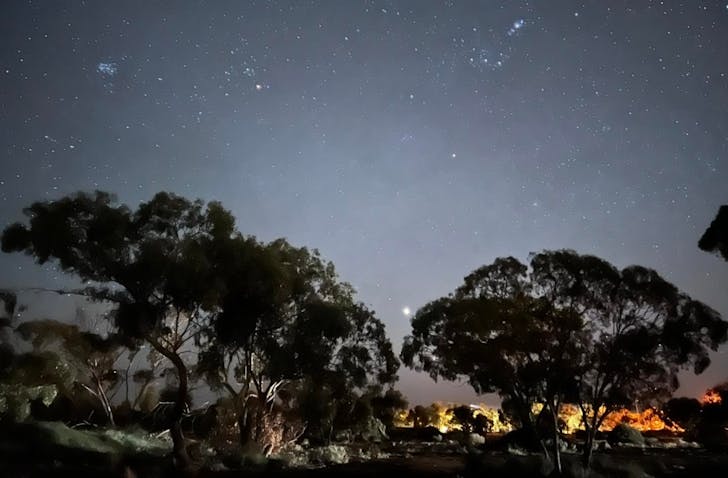
Sure, the stars have always been there, but maybe that’s the point. In a world that moves at warp speed, taking a night to just kick back, observe and soak up ancient light travel across the sky feels kind of radical. Whether it’s a weekend camping trip, a snowdome adventure, or simply bundling the kids into the car for a spontaneous meteor-spotting mission, Australia’s night skies are proof that some of the best family adventures don’t cost the earth.
No queues, no tickets, no overpriced snacks, just a few billion stars putting on a show that’s been running since before dinosaurs were cool. You just need a clear forecast and a willingness to stay up past bedtime.



